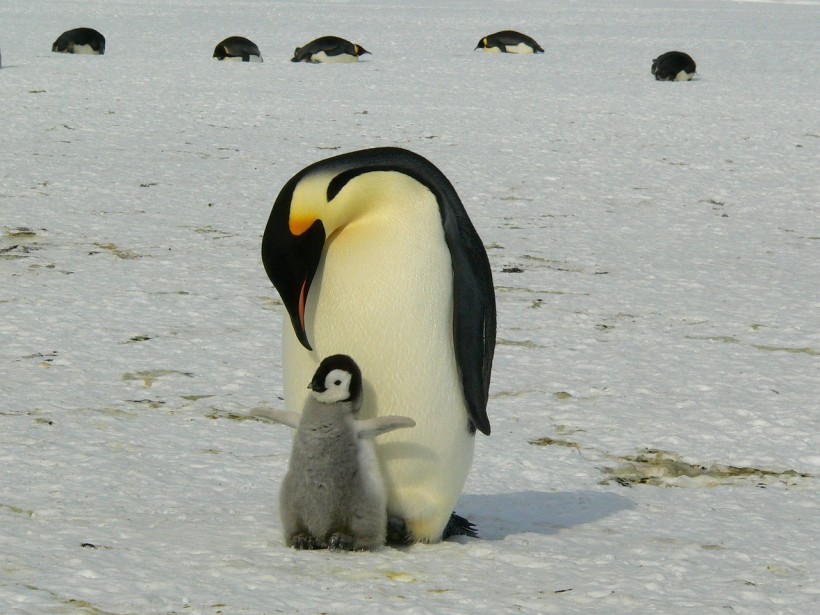A scientist was able to find four previously unknown emperor penguin colonies by examining satellite data.
Finding Emperor Penguin Colonies
The scientist was able to do so by examining poop trails in America. With this new discovery, the total known number of breeding colonies for emperor species has now reached 66. This was noted in the "Four unreported emperor penguin colonies discovered by satellite" study.
According to Peter Fretwell, an author of the study and a scientist from the British Antarctic Survey, the findings offer a crucial idea regarding the distribution and location of colonies. Fretwell adds that this is extremely important if they are to monitor how these creatures adapt to the changing climate.
In order to identify the emperor penguin colonies, Fretwell gathered data taken by the Sentinel-2 satellite of the European Space Agency and the Maxar WorldView-2 imagery monitoring satellite. The data was from 2018 to 2022.
Newly Discovered Emperor Penguin Colonies
Even from a space view, scientists are able to spot brown smudges from the excrement, or guano, of the penguins. According to Fretwell, the colonies he found may have existed for several years.
They are mostly small colonies that have less than a thousand breeding pairs in each. Some of the newly found colonies are close to other established hotspots of penguins. One of the unreported regions, on Marie Byrd's coast in West Antarctica, is situated roughly 50 kilometers from an abandoned research station in Russia. According to the paper, the research station never documented any emperor penguin sightings back when it was still operating.
Another new site of a colony was situated in the Lazarev Ice Shelf's northern side. This was where a bigger colony was previously recorded, but declared as extinct in 2019. Fretwell explains in the study that there is a high probability that the newly found site is a movement of the old colony of Lazarev. This is potentially due to the ice tongue's extension or changes in the conditions of the sea ice.
With these findings, the global population of emperor penguins has increased by up to 5,700 pairs. However, the estimated population of the Lazarev colony was roughly 4,500 pairs. The new colony is significantly smaller. Because of this, the general contribution to the emperor penguin's whole population is notably small.
Emperor Penguins
Among all penguin species, emperor penguins are the largest. They can weigh up to 45 kilograms, which is equivalent to the typical weight of most 13-year-old boys.
These species are also considered the most threatened penguin species, as there are only around 200,000 breeding pairs in the wild. A study estimates that emperor penguins may become quasi-extinct when the century ends.
Their breeding takes place during Antarctica's coldest time of the year. They also raise young penguins in frozen sea ice patches so that these chicks can fledge during the summer. However, the species are put in peril as sea ice rapidly melts due to global warming.
Fretwell explains that emperor penguins have taken the initiative to find sea ice that is more stable.
RELATED ARTICLE: 11 New Emperor Penguin Colonies Discovered from Space
Check out more news and information on Animals in Science Times.















